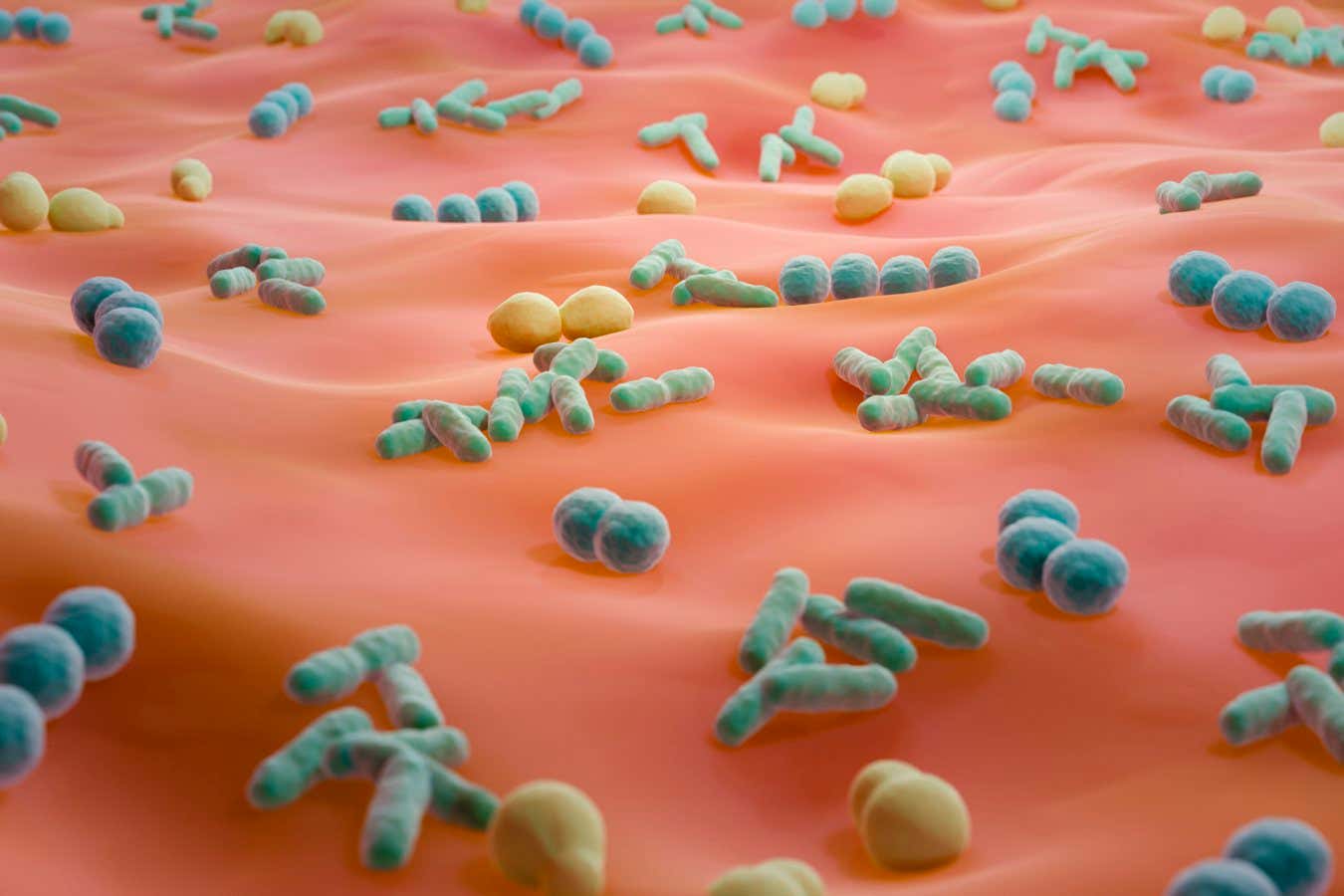Forensic scientists investigating cases of sexual assault may be able to use the genital microbiome to identify the perpetrator, as researchers have found that this “sexome” is exchanged between partners during intercourse
By James Woodford
12 February 2025
Male and female genitals offer distinct environments for microbes
Artur Plawgo/Getty Images
Sexual partners transfer their distinctive genital microbiome to each other during intercourse, a finding that could have implications for forensic investigations of sexual assault.
Brendan Chapman at Murdoch University in Perth, Western Australia, and his colleagues collected swabs from the genitals of 12 monogamous, heterosexual couples, then used RNA gene sequencing to identify microbial signatures for each participant. The researchers asked the couples to abstain from sex for between two days and two weeks, and took follow-up samples a few hours after intercourse.
Read more
Why tending your oral microbiome is the secret to a long, healthy life
Advertisement
“We found that those genetic signatures from the female’s bacteria were detectable in their male partners and vice versa,” says Chapman. This change in a person’s “sexome”, as the team has dubbed it, could prove useful in criminal investigations, he says.
The amount of transfer varied from couple to couple, and the team also found that not even condom use completely prevented the movement of the sexome from one partner to another. However, one major limitation of the results was that the female sexome changed significantly during a period.
Chapman says that even though there may be some homogenisation of the microbiomes of long-term, monogamous couples, the bacterial populations clearly differ between the sexes.
